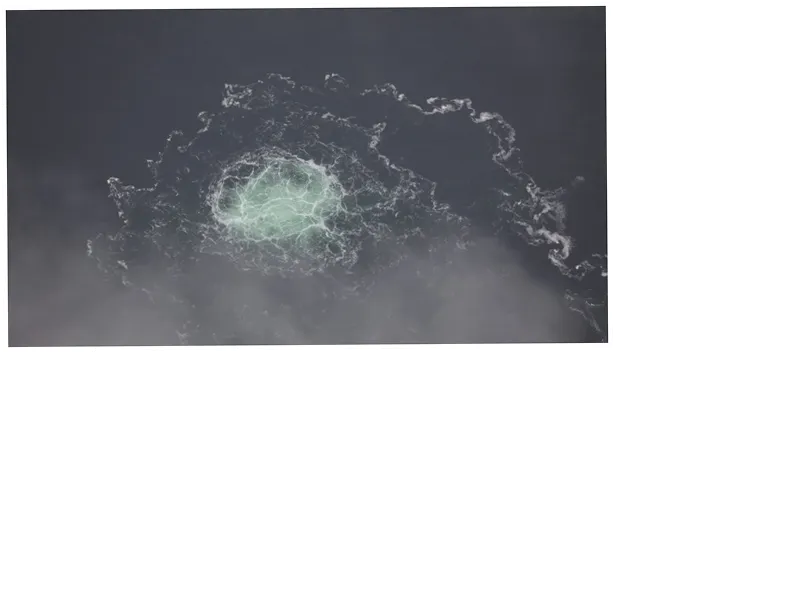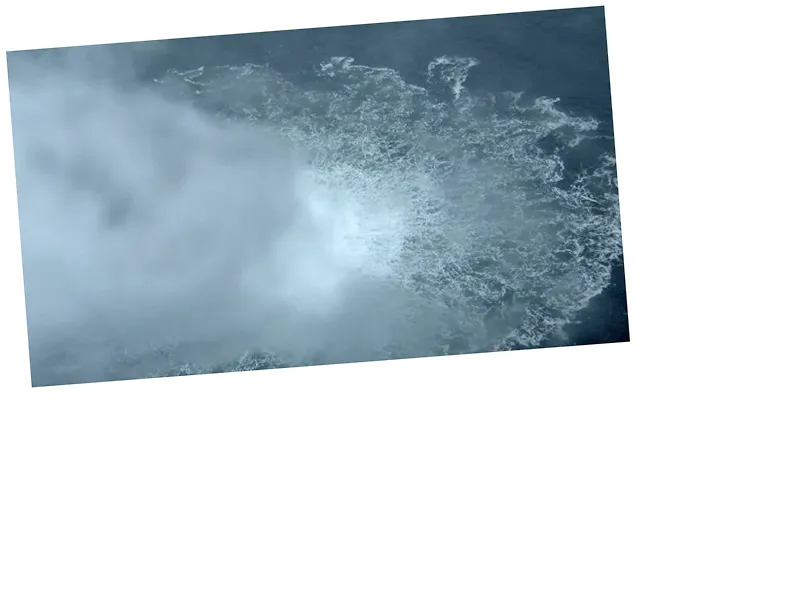Russia's Shadow War: Sabotage and Escalation Tactics in Europe
The ongoing Ukraine war has extended beyond the battlefield, infiltrating the realms of subterfuge and sabotage. Recent intelligence reports have revealed an alarming increase in small-scale acts of sabotage across Europe, allegedly orchestrated by Russia. This form of covert warfare, often referred to as a “shadow war,” is aimed at intimidating Western allies and destabilizing NATO and the EU.
In recent months, U.S. intelligence agencies and other Western secret services have observed a rise in acts of arson and attempted arson in various European countries. These incidents include attempted fires in a London warehouse and a Russian diplomatic building in Sussex. Notably, four Britons were charged concerning the latter incident. Similar events have been reported in Poland, where suspects stand accused of numerous sabotage activities, including arson and attempted arson.
Polish Prime Minister Donald Tusk has indicated that these acts of sabotage are part of a broader strategy by the Kremlin to destabilize the region. For instance, a paint factory in Breslau and a shopping center in Warsaw were targeted, and an Ikea store in Lithuania also fell victim. These incidents underscore Moscow's strategy of using sabotage as a weapon to bring the conflict into European soil while avoiding direct confrontation with NATO.
The issue of Russian sabotage was a key topic at a recent summit of foreign and defense ministers in Brussels, where officials from the Netherlands, Estonia, and Lithuania voiced concerns over their countries' susceptibility to such tactics. Moreover, Germany has also experienced cyber-attacks attributed to Russian operatives. Estonian Prime Minister Kaja Kallas emphasized that sabotage is a weapon intended to destabilize the West, describing Russia's campaign as a 'shadow war' against Europe.
Max Bergmann, director of the Europe, Russia, and Eurasia program at the Center for Strategic and International Studies, warned that Western nations must respond to these acts cohesively and cautiously. The situation remains volatile, with the Kremlin’s growing paranoia posing additional risks of escalation.
- During his visit to Uzbekistan, Russian President Vladimir Putin offered insights into another dimension of the ongoing conflict. Responding to queries about Western initiatives allowing Ukraine to use American and European weapons against Russian cities, Putin highlighted the complexity of such operations. He described how long-range, high-precision weapons require sophisticated reconnaissance and targeting capabilities that can only be provided by Western specialists.
- Putin argued that these strikes, facilitated by Western intelligence and technology, are indicative of Western aggression against Russia. He warned NATO countries, particularly smaller European nations, to contemplate the dense populations and limited territories they govern when considering the ramifications of deep-strike policies.
- The geopolitical landscape has shifted dramatically, with the fear of nuclear war, which once deterred direct military conflicts among great powers, increasingly being questioned. The erosion of this fear, coupled with Western actions perceived as crossing 'red lines,' raises the specter of escalating the conflict to a nuclear threshold.
- To re-establish the deterrence of nuclear warfare, Putin has emphasized Russia's readiness to escalate if necessary, underscored by recent nuclear exercises. Some experts argue that direct nuclear testing might be required to convey Russia’s resolve. The West must not dismiss the legal grounds for potential Russian strikes on countries that support Ukrainian attacks against Russia, a factor crucial to averting further escalation.






